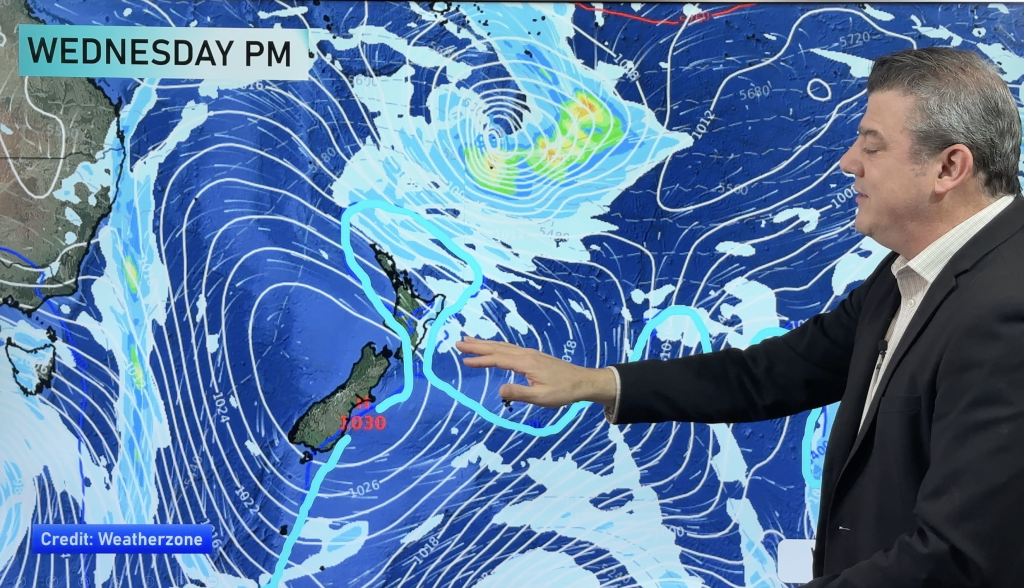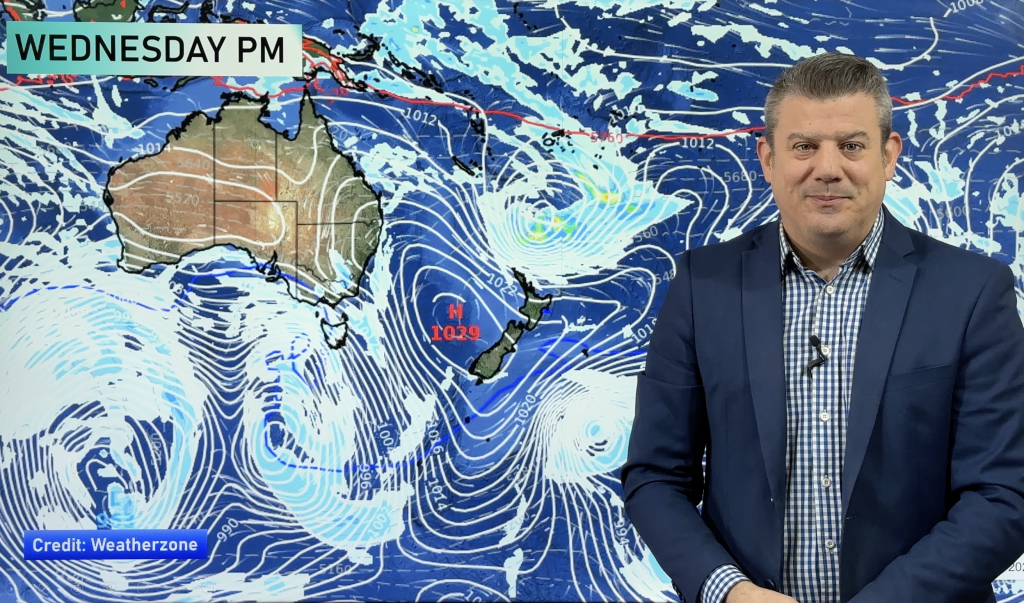Week in Weather: What’s Been Making Headlines this Week
19/09/2014 7:00pm

> From the WeatherWatch archives
What a week it’s been – and it’s far from over yet, as kiwis flock (or have flocked, depending on when you read this) to the polling booths today to decide the country’s political future!
While most New Zealanders have had their minds on polls and debates, it’s been all action further afield, particularly in North America, where hundreds of tourists have been trapped in the wake of Hurricane Odile on the Baja peninsula.
The “dangerous” category three storm in the five-level Saffir-Simpson scale packed 205km/h winds when it made landfall near Cabo San Lucas in the late evening on Sunday (Monday NZT), according to the US National Hurricane Centre.
The storm took down trees, power lines and roof tiles as it arrived in the Baja California Peninsula, said National Civil Protection co-ordinator Luis Felipe Puente. Forecasters warned that heavy rains could produce life-threatening floods and mudslides.
Around 26,000 foreign tourists and another 4000 Mexicans were staying in 18 hotels converted into temporary shelters, while around 7000 residents were evacuated from low-lying areas and took refuge in shelters or with relatives.
A little closer to home, South Australia has had a dry start to spring, with hot and gusty northerly winds and low humidity providing the necessary ingredients for elevated fire dangers across state’s west.
Temperatures in several centres have climbed above 30 degrees and humidity has dropped below 15%, leading to the highest fire danger rating since summer.
Staying across the Tasman, the nation’s tsunami preparedness was tested this week, as the latest IOWAVE exercise involved 24 countries around the Indian Ocean Rim simulating an earthquake in Indonesia and a massive tsunami headed towards the mainland.
In Australia several agencies took part, including Geosciences Australia, the Australian Federal Police, the Australian Maritime Safety Authority, the Attorney General’s Department, the Australian Antarctic Division, state-based emergency services and the ABC.
Back on our own shores, and West Coast residents will be cheered by this week’s rainfall, after an extremely dry start to spring.
Before this week, only 1 millimetre of rain had fallen at Westport in the past 23 days.
“This is the driest start to spring in some years”, said Federated Farmers West Coast President, Katie Milne.
“Apparently a dry spell is 15 consecutive days with less than 1mm of rainfall and the South Island has been very dry. Heck, even Milford Sound has been dry for going on 22 days,” she said.
Next week is the opportunity for New Zealand families to ask themselves a pretty serious question – “are we ready for a disaster?”
From the 21st until the 27th of September Get Ready Week aims to encourage New Zealanders to prepare themselves for a potential nationwide or localised emergency.
The nationwide Get Ready Week is being pushed by Civil Defence as a good chance for everyone to take stock of what they have in the way of emergency supplies, food and equipment.
And finally, the future of space travel is here….and it will cost you a pretty penny.
Boeing and SpaceX have been awarded contracts to become NASA’s space taxis, shuttling astronauts to and from the International Space Station, the agency announced Tuesday.
The goal, according to NASA’s website, is “to establish safe, reliable and cost-effective access to space.” Once the new transportation system is up and running, NASA says it will use private spacecraft to “meet its space station crew rotation and emergency return obligations.”
Sounds exciting…and expensive.
Remember to check out Philip Duncan’s weekend weather forecast (it will be cold!) and vote in our latest poll, if you haven’t already done so.
– Drew Chappell, WeatherWatch.co.nz
– Picture: CNN
Comments
Before you add a new comment, take note this story was published on 19 Sep 2014.





Add new comment